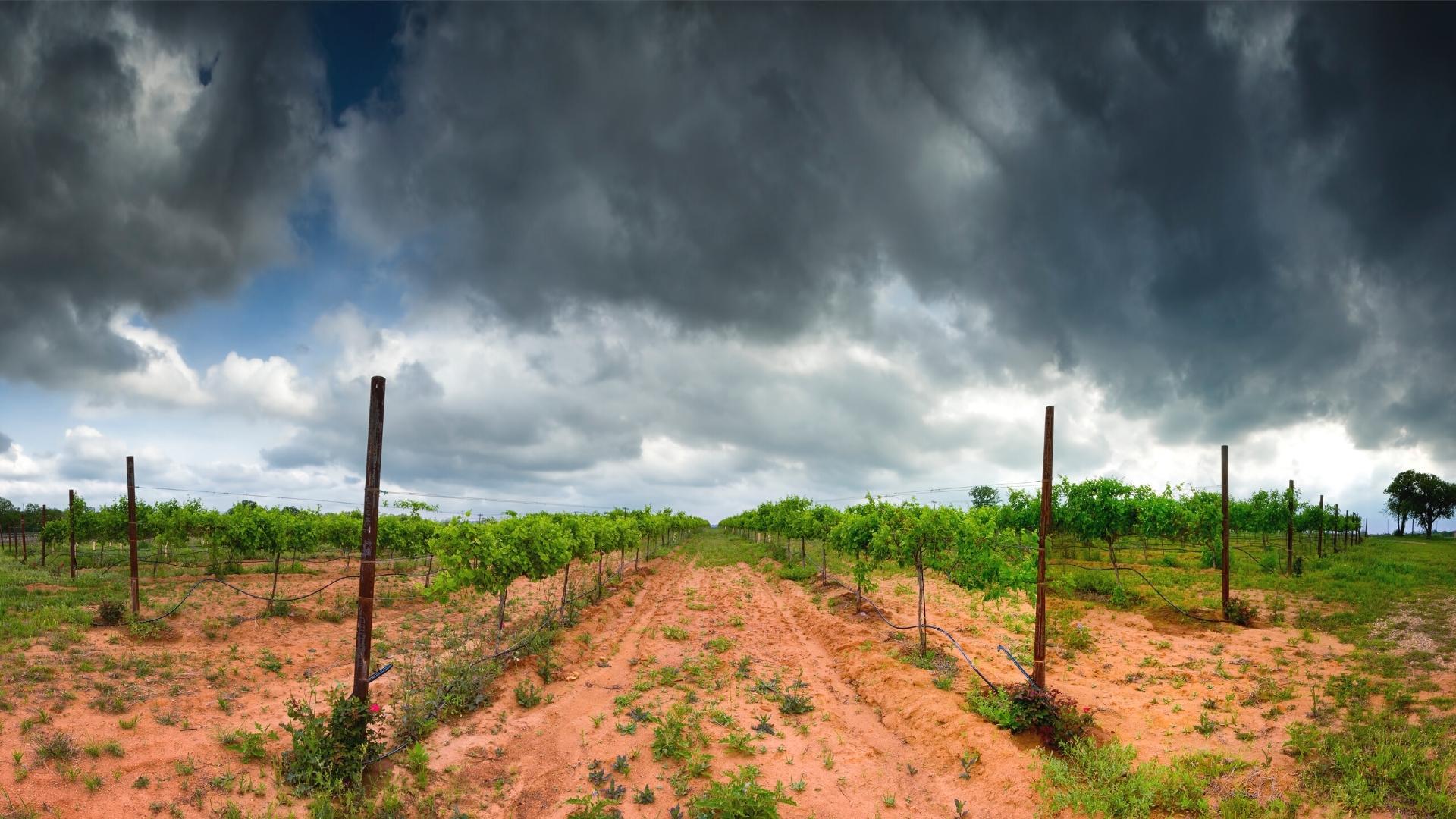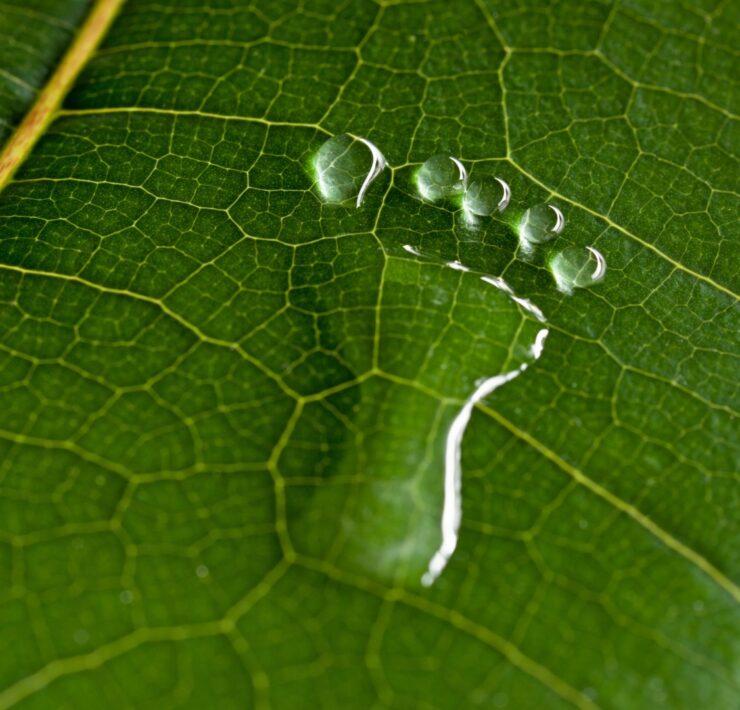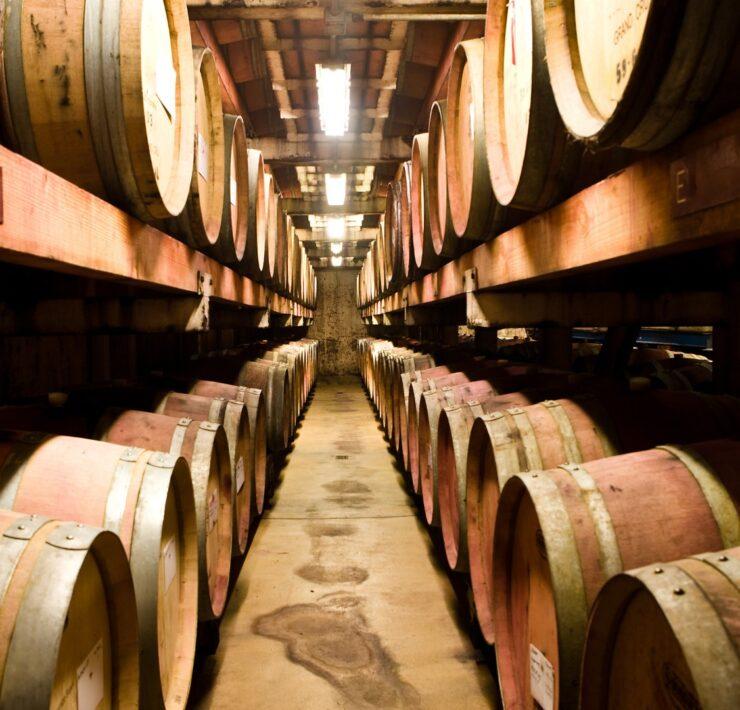Since the emergence of the modern Texas wine industry in the 1970s, the Texas High Plains region has been the most important area for grape production in the state. Farmers value the red, sandy loam soil, the climate that provides sunny days and cool nights, and the flat terrain. The resulting high-quality grapes are in demand, and the Texas wine industry is growing.
The Texas High Plains AVA (American Viticultural Area), formally approved in 1993, includes a 24-county area and over 8 million acres in northwest Texas. The region grows approximately 80% of the state’s wine grapes, with total acreage estimated at just under 4,000 acres. Land in the Texas High Plains is more affordable than in other regions in Texas and is optimal for mechanized farming. Disease pressures are low, thanks in part to the ever-present wind.
Although the area is flat, the elevation atop the Llano Estacado, a high mesa, is significant. There are vineyards at 3,500 feet above sea level. Calling this high-elevation viticulture is not a stretch. Cool nights and daytime sunshine allow optimal ripening. A wide diurnal shift allows grapes to maintain natural acidity.
Michael and Rosann Mitrione began planting grapes in the Texas High Plains in 2018. While soil quality and water availability were factors in their decision to grow there, what ultimately sealed the deal was “the climate comparisons to many successful wine regions around the world.” They said, “We believe that temperature and diurnal swings have the biggest impact on grape quality.”
It is easy to see what attracts grape farmers to the Texas High Plains AVA. But as with any venture, a prosperous future will require managing the risks in these high plains.

Water Challenges
Although less water-dependent than other crops, grapes still require irrigation. The water source for the Texas High Plains is the Ogallala Aquifer. Reliance on an aquifer for irrigation makes Texas unique; many wine regions rely on rivers for irrigation. In years when the area receives at least 20 to 25 inches of rainfall, irrigation may not be necessary. But in exceptional drought conditions like those the region is currently experiencing, irrigation is a must.
Dr. Vijay Reddy has grown grapes in the southern part of the Texas High Plains since 1997. He came to the area to farm other crops and diversified by planting grapes. Reddy now farms 300 acres of premium grapes for various wineries and releases wine under the Reddy Vineyards label.
Reddy says, “The aquifer isn’t recharging the way we would like to see because we don’t get the big rains. The water table is going down every year. We’re not sure how many years we can sustain without a big recharge. Some years, if we get good rainfall, we don’t have to use much water from the aquifer. So that’s a challenge. Maybe we can get by for another 50 years? After that, I can’t predict which way it will go.”

Weather Challenges
A changing climate brings more extremes. Weather in the Texas High Plains is notoriously harsh. Deep freezes are more common in the late spring, but a 2019 Halloween freeze did significant damage. During periods of extreme cold, air movement protects grapevines from lasting damage. Wind machines are common in larger vineyards, and some even fly helicopters above vineyards for increased airflow.
Additionally, the threat of hail is ever-present, requiring farmers to invest in expensive netting to protect grapes. Several hailstorms in 2021 decimated some vineyards in the region while leaving others untouched.
Herbicide Drift
Because of drifting herbicide damage to vineyards across the area, 57 Texas wine grape growers are currently proceeding with a lawsuit against Bayer and BASF, makers of the herbicide Dicamba. Since this product came on the market, the grape growers claim to have experienced damage in the form of cupping leaves, distorted vine growth, and even vine death. Weakened grapevines are more vulnerable to the effects of bad weather.
Since Texas produces more cotton than any other state in the nation, statewide action to curtail the use of Dicamba seems unlikely. The Environmental Protection Agency is re-evaluating Dicamba, giving some hope to grape farmers whose vineyards have been impacted.
Labor Challenges
Texas is not unique in its struggles to find farm labor. Both Mitrione and Reddy express difficulty finding qualified labor to work in the vineyards. COVID has exacerbated the problem.
One innovative solution involves programs at Texas universities and high schools that attempt to generate interest in farming. Skilled vineyard managers, winemakers, and other specialists are also moving to Texas from other states.
Transportation
Since vineyards are hours away from many wineries that purchase grapes, timely transportation is key. Red grapes are usually trucked to faraway wineries immediately after harvest, and most white grapes are processed in the area and transported as juice.
The Mitriones will need to transport grapes from the Brownfield vineyard to their new winery production facility and a tasting room in Fredericksburg, Texas. Fredericksburg is more than 300 miles away in the Texas Hill Country. This small town, founded by German settlers 150 years ago, has a reputation for being the heart of Texas wine tourism. Even with this logistical challenge, the Mitriones are forging ahead with plans to nearly double the size of their vineyard.
Texas High Plains AVA Looks Forward
Demand for Texas grapes shows no signs of slowing. One factor increasing demand is new Texas wine labeling laws that tighten requirements on certain Texas wines. While most premium Texas wineries already use 100% Texas fruit, Texas labeling laws matched federal labeling laws until this year. These laws allowed a percentage of non-Texas fruit. Beginning with the 2022 vintage, all AVA-, county- and vineyard-designated wines are required to use 100% Texas grapes. Only the wines with a basic “Texas” label will be permitted to use non-Texas fruit.
The Texas wine industry is a $13.1 billion enterprise, and the Texas High Plains AVA generates a large percentage of that figure. Many businesses that service the grape industry have sprung up in the Texas High Plains region and include everything from wine label design to vineyard management consulting.
There are wineries and tasting rooms in the Texas High Plains, primarily in the town of Lubbock, but the opportunity for wine tourism growth in the area is tremendous. Continuing to promote and expand wine-related festivals, restaurants featuring Texas wines, and “farm to glass” wine education will help as the region strives for recognition for its critical part in making Texas wine.

Dr. Reddy and the Mitriones have high hopes for the future of the Texas High Plains AVA. Reddy says, “There’s good demand for Texas grapes and Texas wine. I’m excited because there’s a lot of new talent coming into the industry. Many wineries are coming into Texas, and many winemakers are coming from different states. The future will be bright.”
Grape farmers in the High Plains are determined to maintain the region’s standing as the “go-to” area for Texas viticulture. Their challenges are significant, but so is their desire to supply Texas with premium wine grapes.









